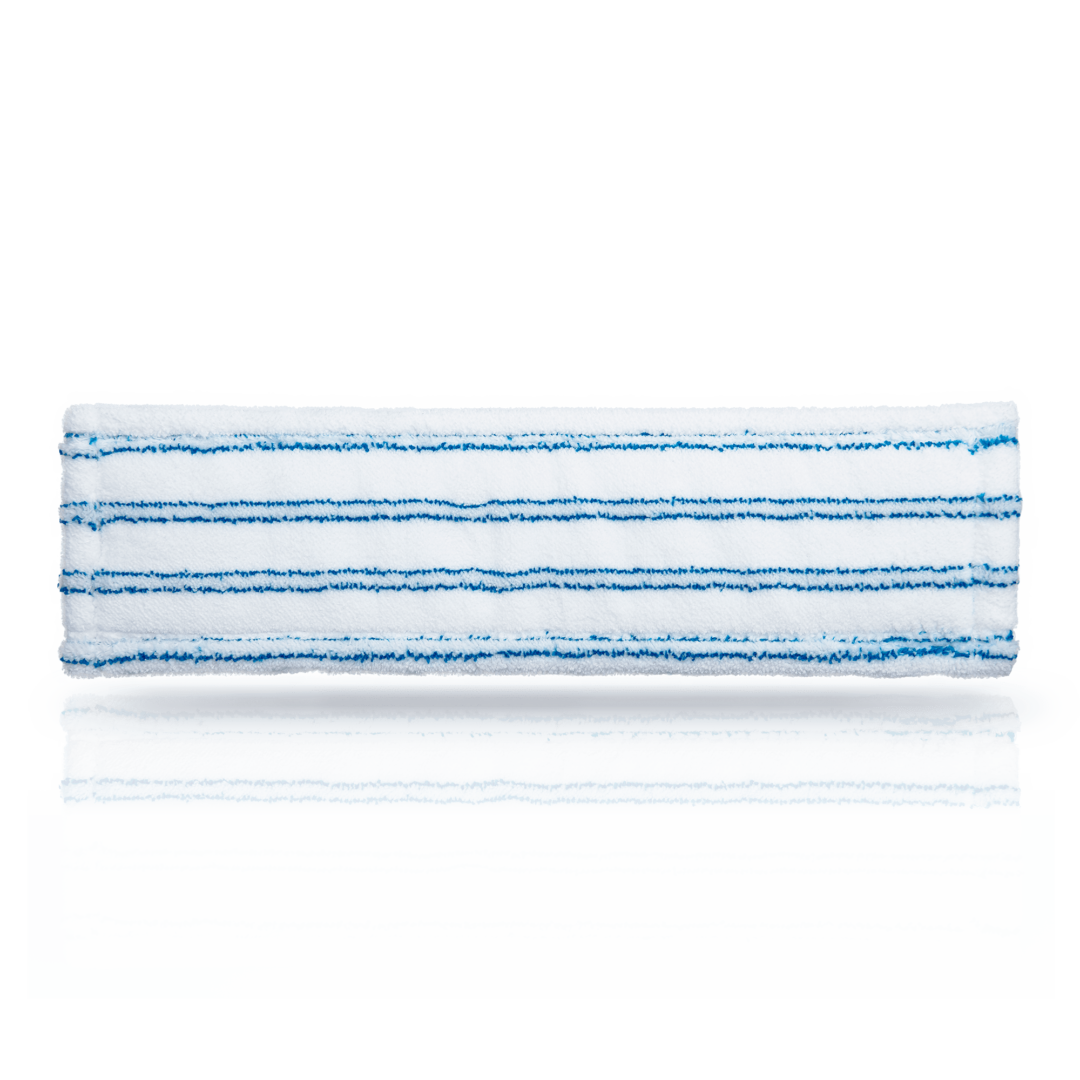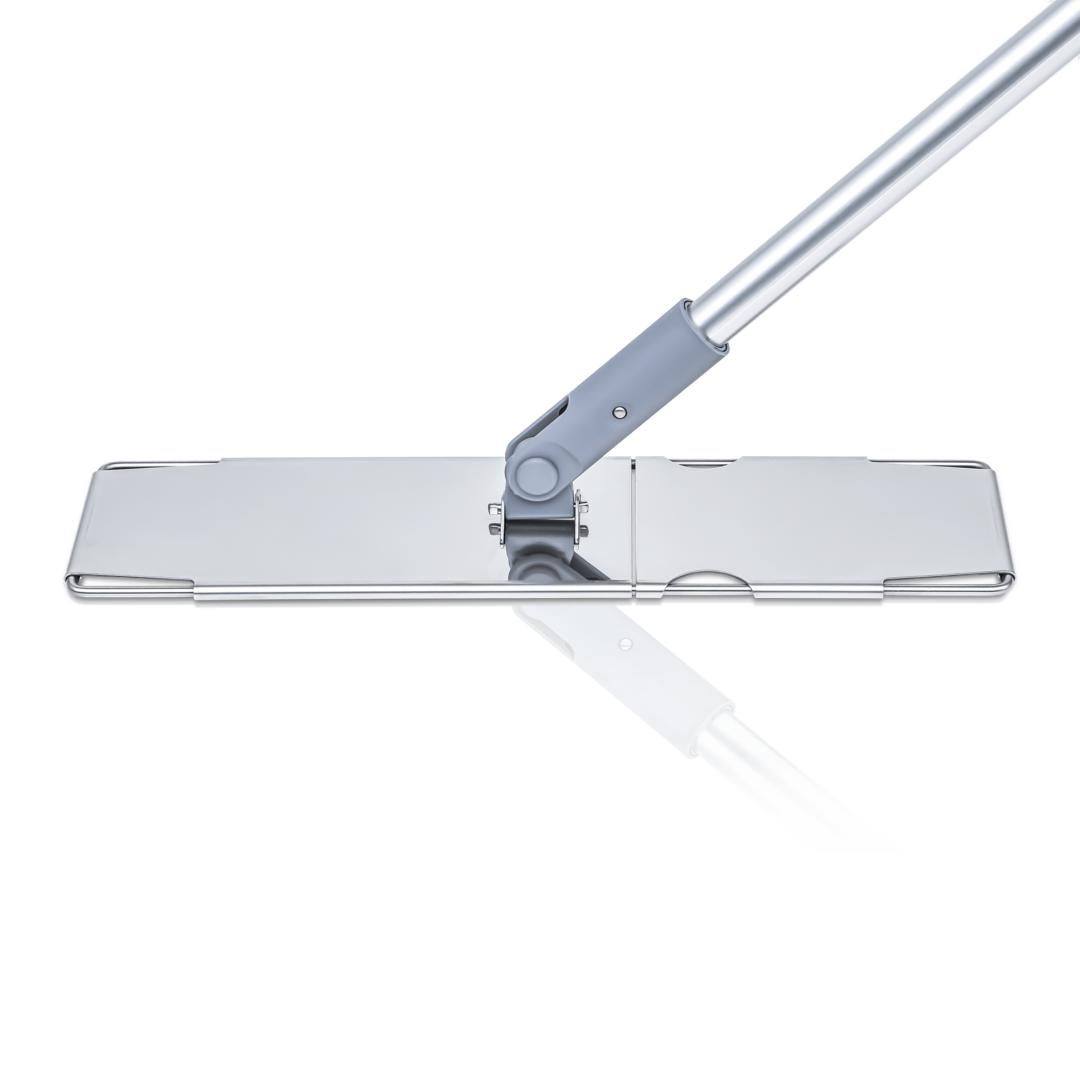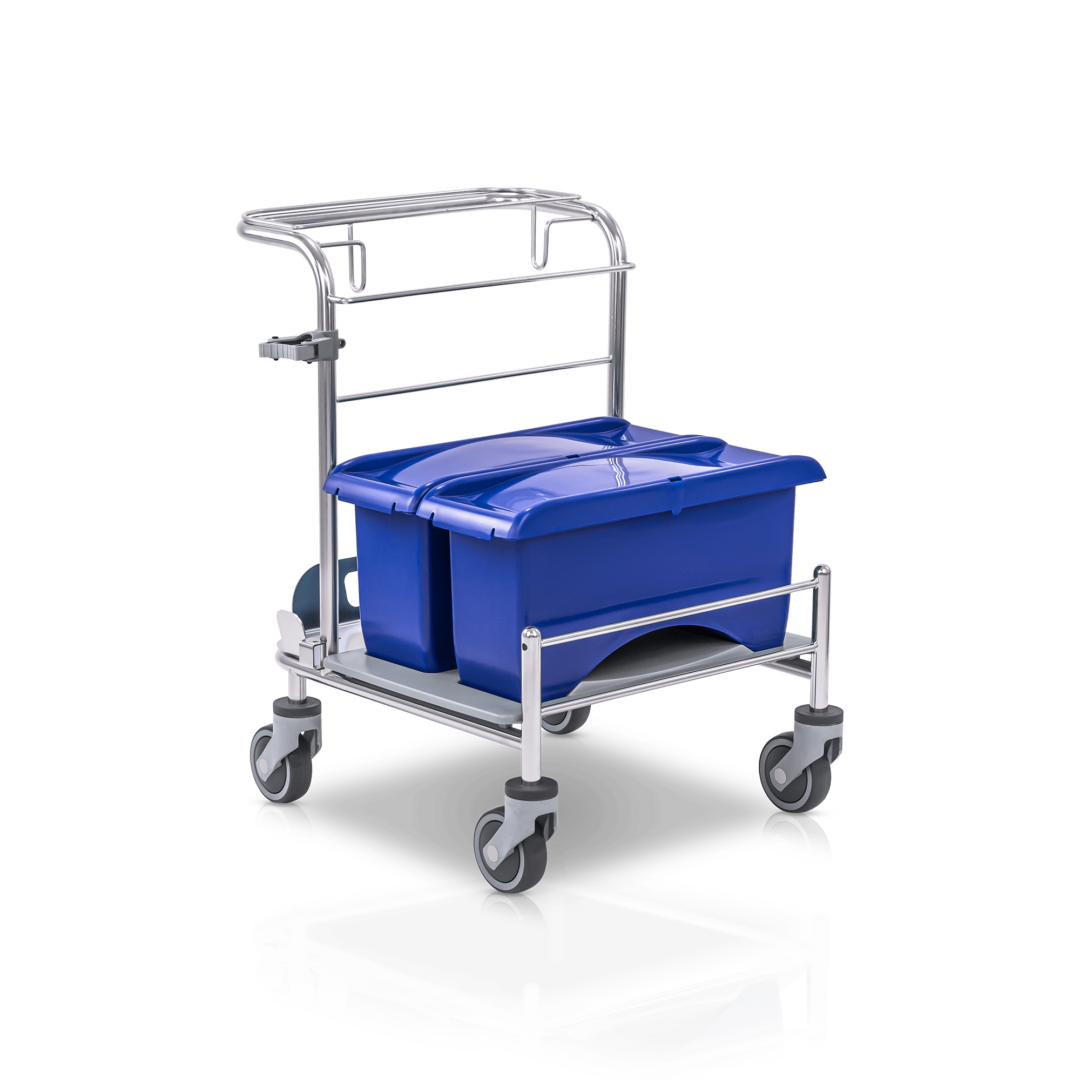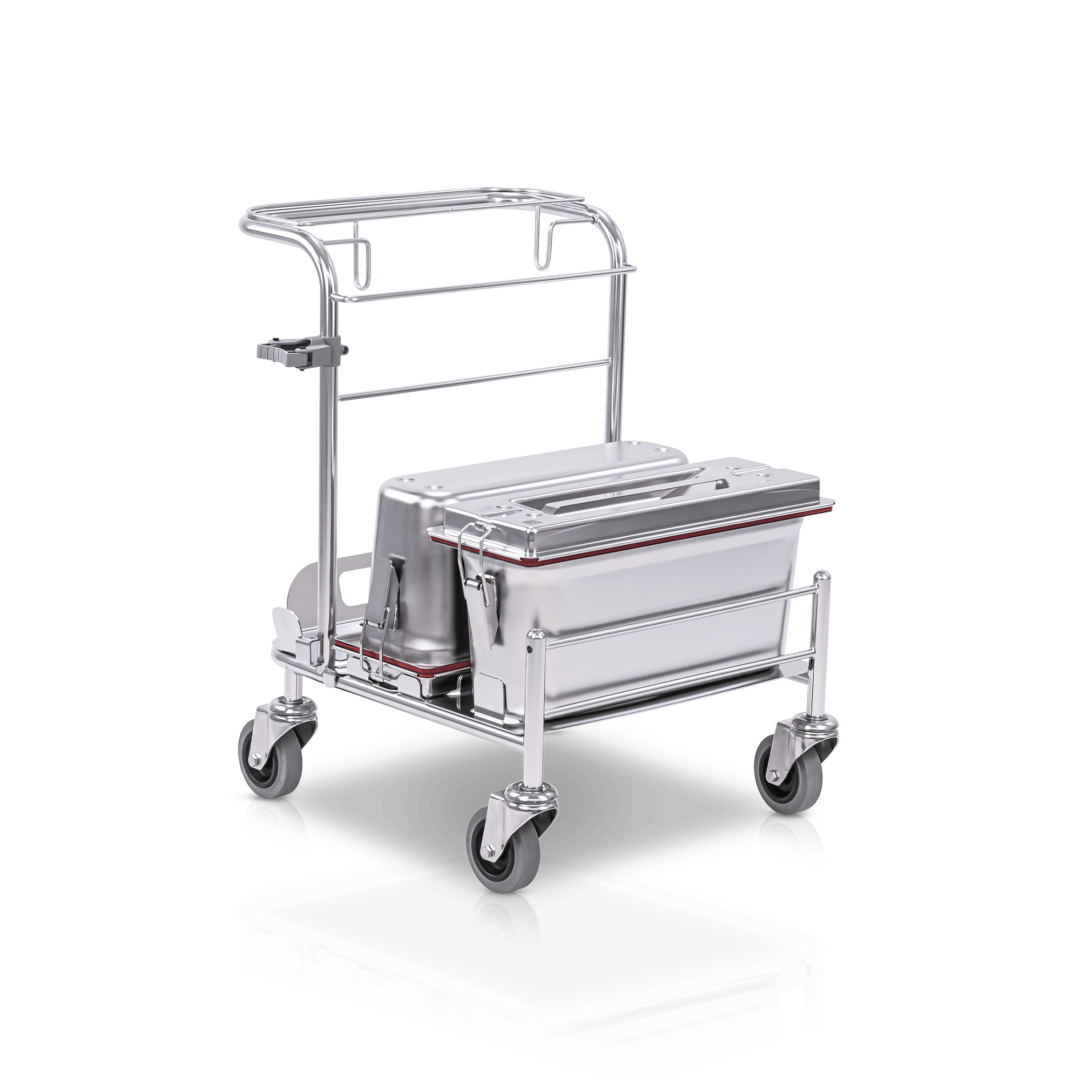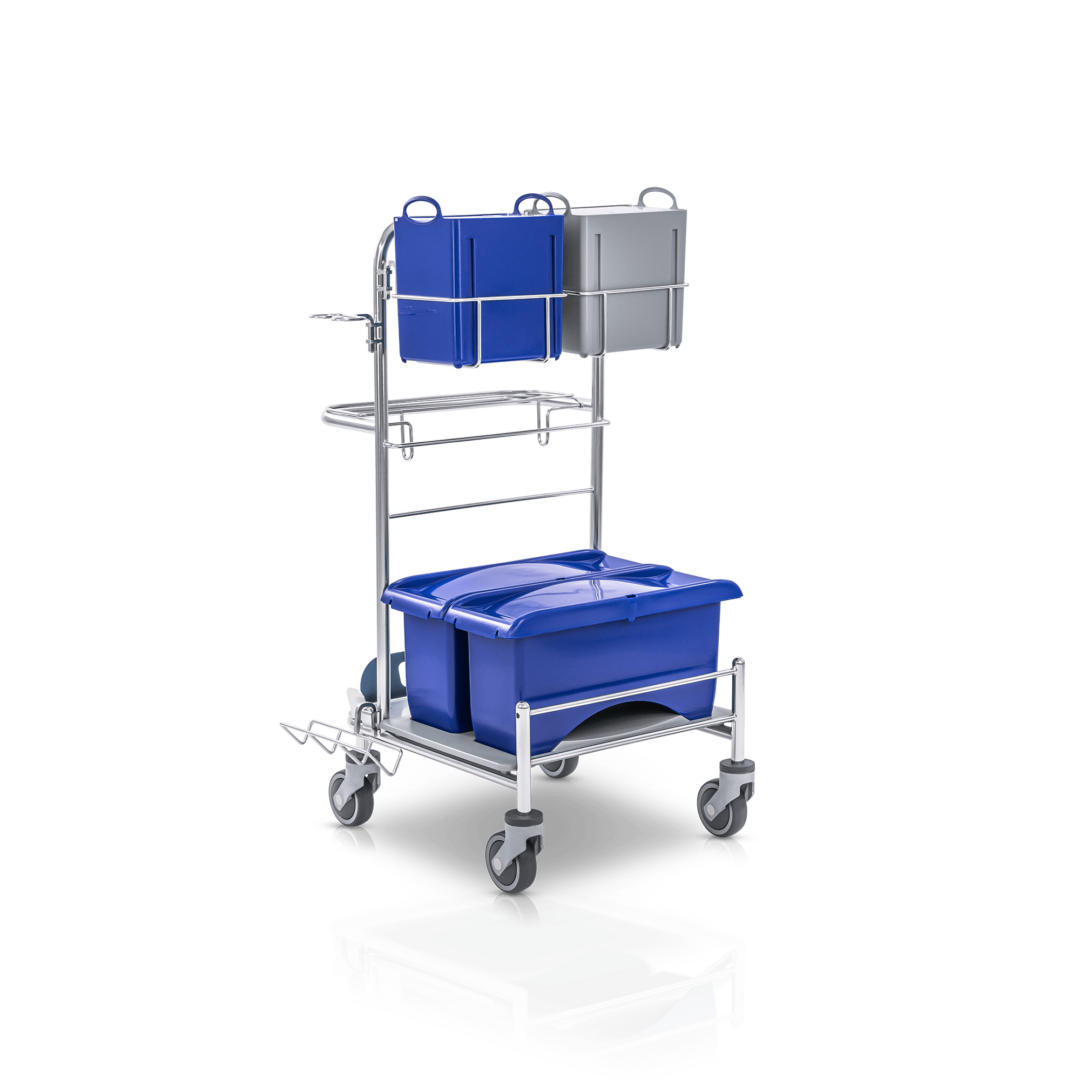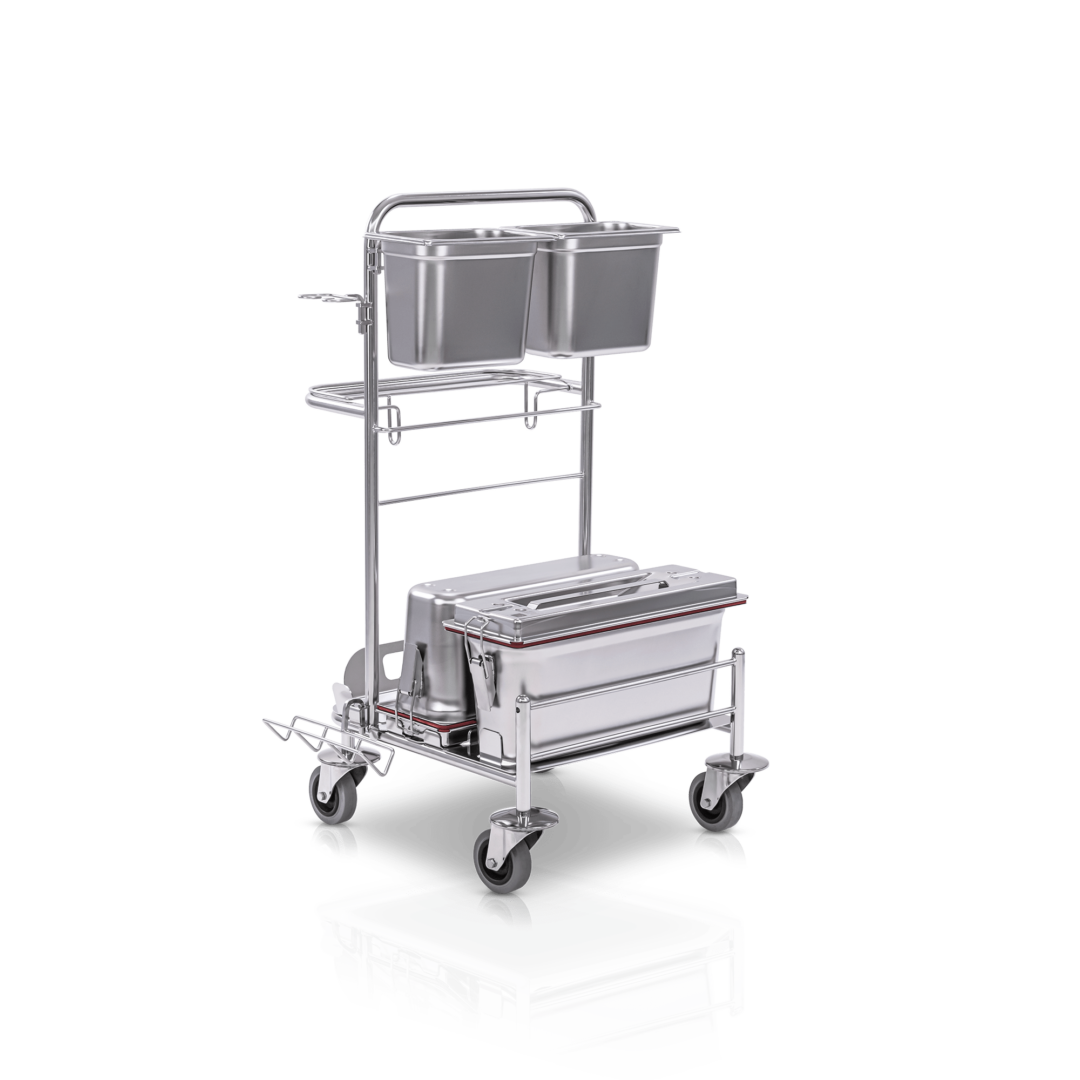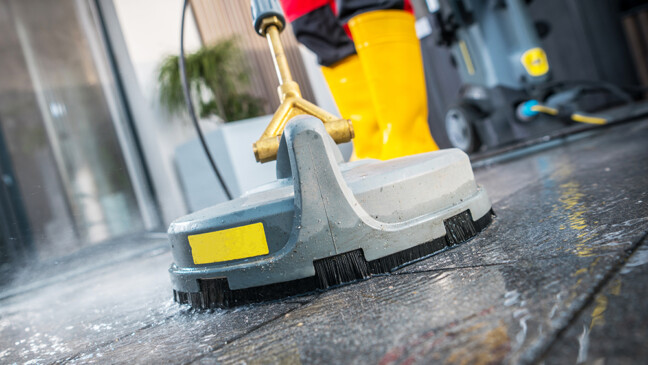
11.07.23
Sustainability concept in cleanroom cleaning
Think ahead. Advance. Leading the way. PFENNIG innovations for less CO2 consumption. Our drive is to make the cleaning process more efficient with every new development from PFENNIG. This includes, in particular, the intelligent saving of resources.
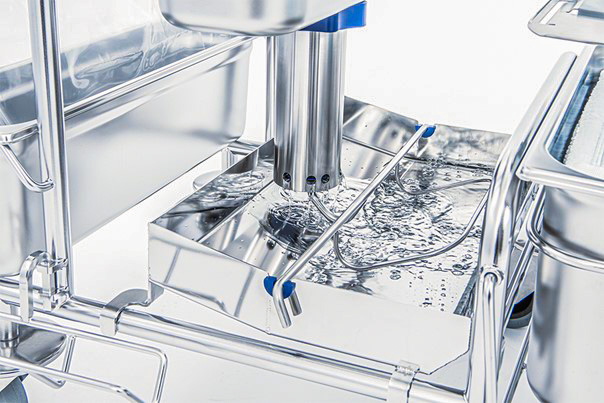
Our service
As unique as our customers – we fulfill more than just wishes. Our thoughts and actions are shaped by the aspiration to meet – and at best even exceed – the requirements and wishes of our customers. From quotation to delivery, our service is therefore simple, fast and sometimes surprising, but always unmistakably partnership-based and solution-oriented.
Systematic cleaning equipment that conserves resources
When choosing the right equipment, three things are key for us: the material used, the CO2 footprint and the possibility of reducing the daily consumption of resources in the cleaning and reprocessing processes. At PFENNIG, we think systematically in the long term: the interaction of optimally coordinated components and the long service life of our cleaning systems result in valuable savings potential.
Our sustainability concept in cleanroom cleaning
With our EasyMop and MopScoop cleaning methods, we offer particularly resource-saving and maximally safe cleaning processes in the cleanroom – without excess disinfection liquors and contamination carryover. The uniform impregnation of the mop by means of both systems enables reproducible cleaning results to be achieved. And reproducible cleaning results are achieved by uniform impregnation of the mop covers.
Cleaning textiles in the cleanroom: disposable or reusable? On the one hand, thanks to the long service life of reusable textiles, they are preferable from a sustainability point of view. On the other hand, safety and economy should be considered depending on the object and the requirements. One thing is certain: With up to 100 non-sterile and 50 sterile reprocessing cycles, our high-quality reusable mops are made for long-term use in the cleanroom.
| Resources | ||
| Reusable concept (wipe cover can be used for 100 cleaning cycles) | Disposable concept (mop cover can be used for 1 cleaning cycle) | |
| Weight per cover in g | 110 | 50 |
| Square meter performance of mop cover | 20 – 25m2 | ca. 10m2 |
| Number of mops for 1 cleaning cycle at 100 cleaning cycles | 5 pieces 5 pieces (afterwards exchange necessary) | 10 pieces 1’000 pieces |
| In … g material at 1 cleaning cycle at 100 cleaning cycles | 5.5 g 550 g | 500 g 50’000 g |
| Ratio of the use of resources | 1 | 91 |


